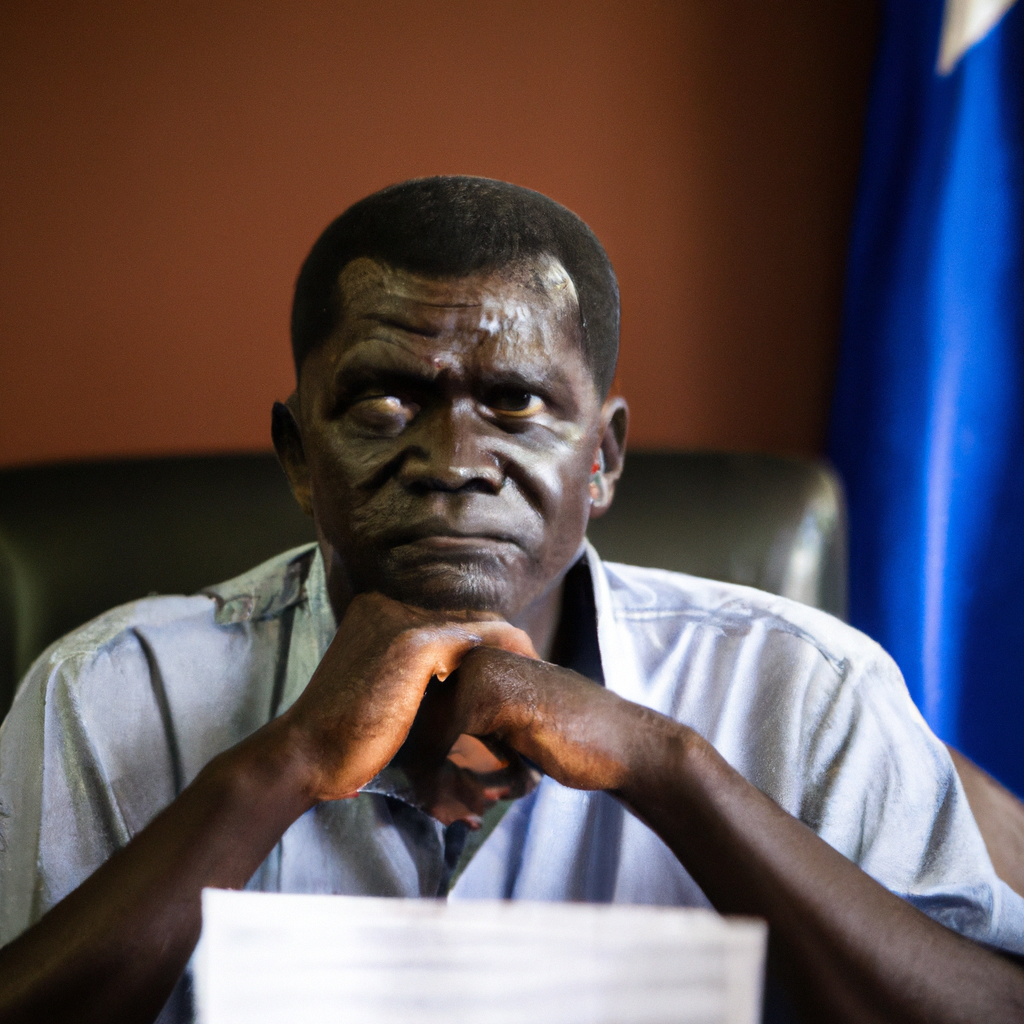An Ebola outbreak has been reported in Uganda, prompting an urgent health alert for both travelers and healthcare providers. The Uganda Ministry of Health confirmed several cases of the deadly virus in the Mubende district. Initial reports indicated that 30 individuals exhibited symptoms consistent with Ebola, with several fatalities already recorded. Authorities are working to contain the outbreak and provide medical assistance to those affected, while also educating the public about precautionary measures. Travelers planning to visit Uganda are advised to take necessary precautions to minimize their risk of infection.
Response from Health Authorities
In response to the outbreak, Ugandan health officials have initiated a series of measures aimed at controlling the spread of the virus. Surveillance teams are being deployed to main entry points, especially at airports and border crossings, to screen incoming travelers. Public health campaigns are being rolled out to inform the communities about the dangers of the virus, symptoms to watch for, and the essential steps to take when feeling unwell.
Additionally, contact tracing efforts have commenced, focusing on identifying individuals who have come into close contact with confirmed cases. Quarantine protocols are being established for those at risk, and information regarding Ebola’s transmissibility is being disseminated to assist in community awareness.
Guidelines for Travelers
Travelers to Uganda should consider the following guidelines to reduce their risk:
- Avoid close contact with individuals showing symptoms of fever, vomiting, or diarrhea.
- Observe strict hygiene practices, including frequent handwashing with soap or alcohol-based sanitizers.
- Steer clear of bushmeat, as it can be a source of transmission.
- Seek medical attention immediately if you develop signs of the virus within 21 days of potential exposure.
Enhancing health screenings at Uganda’s entry points reflects the country’s commitment to safeguarding public health and protecting visitors.
Local Impact and Response
The recent outbreak has raised concerns among locals and health practitioners alike. Community leaders in Mubende have expressed their fears and are rallying residents to stay vigilant. The World Health Organization (WHO) has dispatched experts to assist Uganda in managing the crisis. They will provide technical support and resources necessary for containment measures and vaccination campaigns.
Local health facilities are preparing for a potential influx of patients, while also working to ensure staff are adequately trained in managing Ebola cases. The government has commenced discussions regarding the necessary resources to support these initiatives, which underscores the commitment to eradicate this outbreak as quickly as possible.
Implications for Healthcare Providers
Healthcare providers are on high alert, given the potential risks for those managing patients affected by Ebola. Proper training in infection control measures is crucial for all personnel. Hospitals are advised to prepare isolation units, and health workers are encouraged to wear suitable personal protective equipment (PPE) to mitigate the risk of infection.
The possibility of spread outside Mubende is a serious concern, as urban areas like Kampala could also face high transmission rates if proper precautions are not taken. Health officials emphasize the importance of education and training to ensure that healthcare systems are equipped to handle the situation.
In conclusion, the current outbreak of Ebola in Uganda serves as a wake-up call for both individuals and health systems. With confirmed cases leading to fatalities, it is essential for the government, travelers, and healthcare providers to stay informed about best practices for prevention. Travelers are urged to exercise caution, while healthcare professionals must be prepared to educate and treat affected individuals promptly. The coming weeks will be critical in determining the effectiveness of containment measures and the overall impact of this outbreak on Uganda’s public health landscape.








